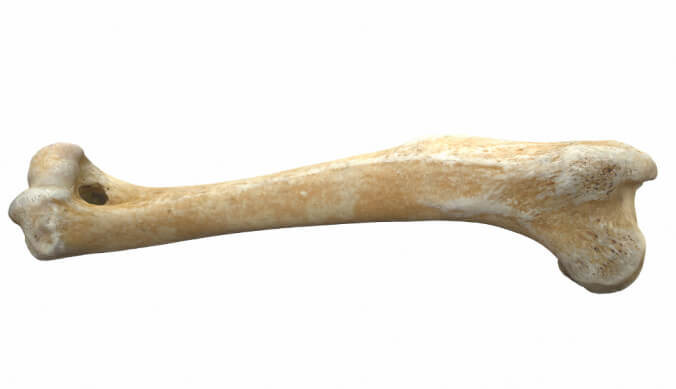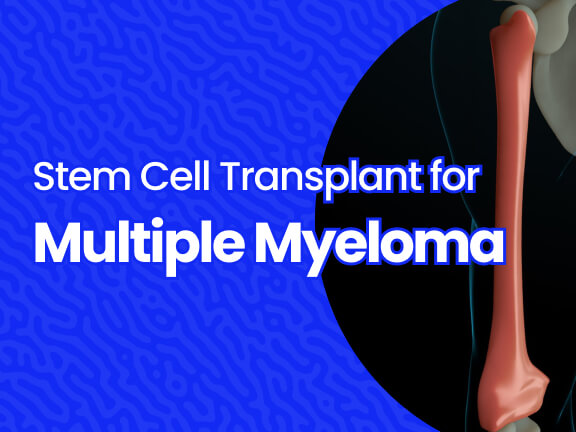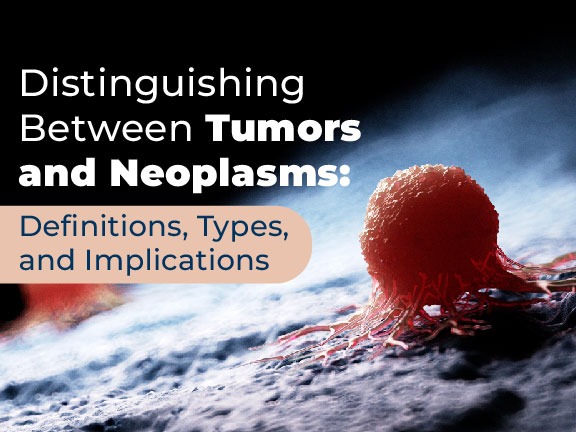Stem cell transplant for multiple myeloma is a standard treatment option aimed at replacing damaged bone marrow with healthy stem cells. This procedure is typically preceded by high-dose chemotherapy, which targets and destroys the cancerous cells within the bone marrow. Once the bone marrow is cleared, the patient receives healthy blood-forming stem cells to repopulate the bone marrow, a process essential for recovering blood cell production.
Stem cell transplant for multiple myeloma initially involved harvesting stem cells from bone marrow, leading to the term bone marrow transplant. However, advances in medical technology have made it more common to use blood stem cells instead. These blood stem cells are typically collected from the peripheral blood, which has become the preferred method. In most cases, before the transplant, patients undergo drug treatments to decrease the number of myeloma cells, ensuring a higher chance of success for the transplant and potentially leading to longer remission periods.
The patient receives high-dose chemotherapy before a stem cell transplant to kill the cells in the bone marrow. The patient is then given new blood-forming stem cells that are healthy. The new stem cells came from bone marrow when stem cell transplants were initially produced, hence this was referred to as a bone marrow transplant. Blood stem cells are now more commonly harvested (a peripheral blood stem cell transplant).
Stem cell transplant is commonly used to treat multiple myeloma. Before the transplant, drug treatment is used to reduce the number of myeloma cells in the patient’s body.
What Is the Life Expectancy After a Stem Cell Transplant?
Conditional on surviving the first 2 to 5 years after stem cell transplantation, the 10-year overall survival approaches 80 percent, so as long as symptoms are managed, and your immune system stays functioning and healthy; long-term survival is possible and common!
Life expectancy after a stem cell transplant can vary widely based on individual factors such as overall health, the type of cancer being treated, and how well the body responds to the procedure. For myeloma patients, the success of an autologous stem cell transplant for multiple myeloma depends on how effectively the transplant controls the disease. Long-term survival is achievable, especially when the immune system remains strong and infections are minimized. The patient’s quality of life post-transplant often improves, as symptoms like fatigue and pain are managed more effectively.
It’s important to note that the pros and cons of stem cell transplant for multiple myeloma are balanced by the potential for long-term remission versus the risks of side effects. For those newly diagnosed with myeloma or cancers like Hodgkin’s lymphoma, stem cell transplants provide a hopeful path, offering not just longer survival but also better overall health with proper medical management. Monitoring and supportive care after the transplant are essential in ensuring that recovery remains on track and complications are minimized.
How Long Does It Take to Recover from a Stem Cell Transplant for Multiple Myeloma?
Typical recovery time for a bone marrow transplant is about three months. However, it may take up to a year for you to recover fully. Recovery depends on numerous factors, including:
- the condition being treated
- chemotherapy
- radiation
- donor match
- where the transplant is performed
There’s a possibility that some of the symptoms you experience after the transplant will remain with you for the rest of your life.
While recovery from a stem cell transplant can take several months, the post-transplant journey involves more than just physical healing. Emotional and psychological recovery is equally crucial. Many patients experience anxiety and depression due to the prolonged treatment process and uncertainty about the future. Engaging in support groups or counseling can be beneficial for managing these emotions.
In addition, nutrition and lifestyle play a significant role in recovery. A balanced diet rich in vitamins and minerals can aid the body’s healing process, while regular, moderate exercise can help rebuild strength and stamina. The immune system remains compromised for some time after the transplant, so patients must be vigilant about avoiding infections and maintaining a clean environment. Long-term follow-up care, including regular blood tests and health check-ups, is critical to monitor any late complications and ensure that the body continues to function well post-transplant.
Who Is a Good Candidate for a Stem Cell Transplant?
People who are good candidates for a stem cell transplant usually are younger than 70, do not have other diseases such as heart disease or diabetes, and have a normal kidney and liver. Your doctor will also consider how much your disease has grown and how aggressive your cancer is.
People who are good candidates for a stem cell transplant usually are younger than 70, do not have other diseases such as heart disease or diabetes, and have a normal kidney and liver. Your doctor will also consider how much your disease has grown and how aggressive your cancer is.
When assessing candidates, doctors follow a treatment algorithm that factors in not just age and overall health but also the type of stem cell transplant needed. For some patients, an allogeneic stem cell transplant, where the cells come from a donor, may be considered.
This approach is often recommended when the patient’s own stem cells are not viable or when a stronger immune response is needed to fight off cancer cells. In other cases, cell therapy options are explored to determine the best course of action based on the type and stage of the disease. Doctors use these comprehensive assessments to determine if a stem cell transplant is likely to be successful and safe for the patient, ensuring the best possible outcome.

What Is the Procedure for a Stem Cell Transplant?
When your doctor thinks you’re ready, you’ll have the transplant. The procedure is similar to a blood transfusion.
If you’re having an allogeneic transplant, bone marrow cells will be harvested from your donor a day or two before your procedure. If your own cells are being used, they’ll be retrieved from the stem cell bank.
Cells are collected in two ways.
During a bone marrow harvest, cells are collected from both hipbones through a needle. You’re under anesthesia for this procedure, meaning you’ll be asleep and free of any pain.
Once the cells are collected, they are processed and prepared for transplant. If the transplant involves your own cells, they will be carefully thawed and infused back into your body through a vein, similar to receiving a blood transfusion. For those undergoing an allogeneic transplant, the donor cells will be infused immediately after they are collected and processed. Post-transplant, the new stem cells begin the critical task of regenerating healthy bone marrow and blood cells, which is vital for recovery. During this time, close monitoring is essential to ensure the cells engraft properly and to address any complications that may arise.
Leukapheresis
A donor receives five doses during leukapheresis to help the stem cells migrate from the bone marrow into the bloodstream. An intravenous (IV) line is used to obtain blood, and a machine separates the white blood cells that contain stem cells.
On the upper right side of your chest, a needle called a central venous catheter, or a port, will be implanted. This permits the new stem cell-containing fluid to flow directly into your heart. Following that, the stem cells disperse throughout your body. They pass through your bloodstream and into the marrow of your bones. They’ll establish themselves and grow there.
Because the bone marrow transplant is done in numerous sessions over a few days, the port is left in place. The new stem cells have the best chance of integrating into your body if you have multiple sessions. Engraftment is the term for this procedure.
You’ll also get blood transfusions, drinks, and potentially nutrition through this channel. It’s possible that you’ll require antibiotics to combat infections and aid the growth of your new bone marrow. This is contingent on your ability to cope with the therapies.
During this time, you’ll be closely monitored for any complications.
What Are the Side Effects of a Stem Cell Transplant?
A bone marrow transplant is considered a major medical procedure and increases your risk of experiencing:
- a drop in blood pressure
- a headache
- nausea
- pain
- shortness of breath
- chills
- a fever
The above symptoms are typically short-lived, but a bone marrow transplant can cause complications. Your chances of developing these complications depend on several factors, including:
- your age
- your overall health
- the disease you’re being treated for
- the type of transplant you’ve received
Complications can be mild or very serious, and they can include:
- graft-versus-host disease (GVHD), which is a condition in which donor cells attack your body
- graft failure, which occurs when transplanted cells don’t begin producing new cells as planned
- bleeding in the lungs, brain, and other parts of the body
- cataracts, which is characterized by clouding in the lens of the eye
- damage to vital organs
- early menopause
- anemia, which occurs when the body doesn’t produce enough red blood cells
- infections
- nausea, diarrhea, or vomiting
- mucositis, which is a condition that causes inflammation and soreness in the mouth, throat, and stomach
Talk to your doctor about any concerns you may have. They can help you weigh the risks and complications against the potential benefits of this procedure.














2 Comments
Please send me information.
Thanks for your message. We would be happy to help. You can learn more about available cancer treatment options and clinical trials here: https://hubs.ly/Q01yygDr0.
You can also contact one of our Patient Relations Coordinators via phone or email at 844-627-7246 & [email protected]